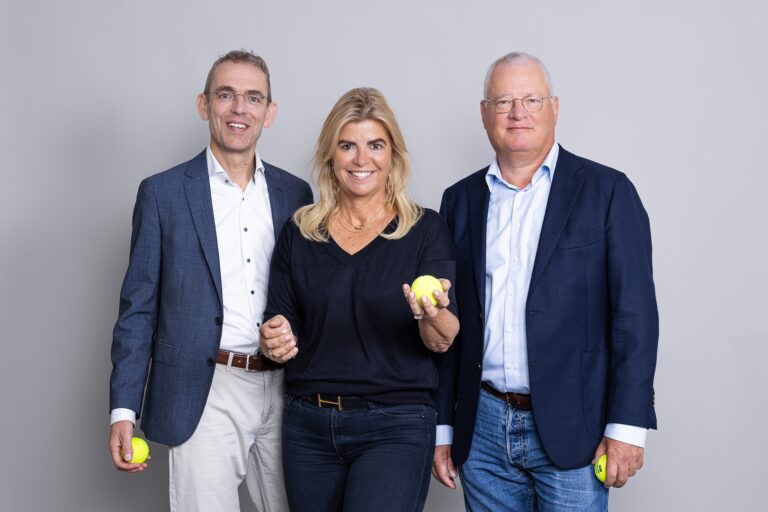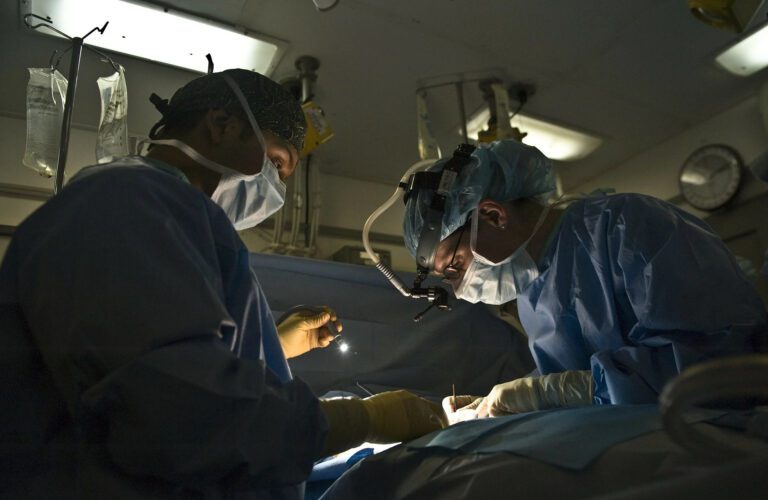
Have they gone bananas? 🍌
A growing awareness of food as a driver of climate change, combined with favorable investment conditions and a pandemic, has driven record amounts of capital into transformative Agri and FoodTech start-ups. The VC nearly doubled worldwide in 2021. And in Europe, it nearly tripled, increasing from $3.4bn in 2020 to a whopping $9bn. This may seem positive, but it actually isn’t. Why? Tijl Hoefnagels, Venture Partner and food and agriculture specialist at Rubio, explains and updates us on the direction in which the FoodTech VC is heading in 2023.
Tijl, $9bn for a sector that is central to the climate and biodiversity challenges we face, why isn’t that great news?
Due to the simple fact that from this $9bn, $4.2bn was raised by E-Grocery start-ups, of which $3.0bn was raised by near-instant delivery companies. This $3.0bn could have been invested in ventures that can address the biggest challenges of our time, but instead it went to ventures that are occupied with delivering a banana in 5 minutes.
If you were in charge of investing this $3.0bn, what would you do?
I personally believe that in the food and agriculture VC business, we need to find our balance again to stay within the planetary boundaries. I like to think that a sustainable future is found in ‘resilience by diversity’. Diversity can apply to biodiversity, nutrients (plant, human or animals), cropping or even the molecules in pest control. Resilience brings depth and a buffer to adverse shocks any system experiences. Impact is made when we support entrepreneurs who can bring these products and services to market.
But that’s not all. Humankind has a consumption pattern that is out of line with the earth’s capacity and is causing urgent problems. Diverse production may not help meet our consumption demand. Biotech processes may be the answer to cope with this pattern. With a highly productive low-footprint process that replaces current extractive practices, high value food and feed components can be produced by algae, bacteria or fungi. These microbes are truly the little wonders of nature that – like mini factories – can convert sugars or CO2 into valuable antioxidants, fats, or proteins. These are building blocks that can enable the dietary transition we need to make.
I am also keen to invest in biological solutions for pest control and crop stimulation. I believe chemicals are a rearguard action, but red tape is blocking this transition, as it takes around 4 years (in the EU) to meet the regulatory requirements of having a “biological” accepted to the market. This is because the regulator is sadly not equipped to handle these dossiers in an expedient manner. Patient capital and conviction is required.
Lastly, I believe consumers hold a bullwhip that gives direction to the future development of the food value chain. The demand of the consumer is amplified upstream in the value chain. Small shifts can cause large impact here, ultimately driving the change at production level. Small brands can seduce consumers into making better choices. Whilst their volume may not (initially) push the needle, their impact casts a shadow far greater. These investments allow us to punch above our weight and bring change into the industry with thought leaders on consumer products.
Does that affect the way you look into new investments within food and agriculture?
Of course, and that’s why I use the planetary boundary model to prioritize our investments. This model presents a set of nine planetary boundaries within which humanity can continue to develop and thrive for generations to come. 5 out of 9 are heavily influenced by the food system, and I believe that the food and agriculture sector is a big contributor on several boundaries that we are currently crossing. This is why I’m particularly on the lookout for ventures that can help complete the protein transition. My long shot is a VC backable business model that addresses biodiversity and ecosystems. In all honesty I have not seen many opportunities in this domain, but I am determined not to give up on this one.
In the last few years, many visions and trends became reality. Which direction do you think the FoodTech VC is headed in 2023?
As mentioned before, I believe and hope that the main attention and funding will go to protein transition (plant-based, cellular) and precision fermentation. The transition towards a more stainable diet is not only vital, but also achievable: the number of plant-based and alternative protein sources available on the market is already large and new products are introduced on an almost daily basis. Technological developments in the fields of protein processing, fermentation and cell-based protein production are progressing rapidly. The market for plant-based protein sources has grown considerably in recent years and is set to expand further. This offers huge opportunities, the alternative protein production sector could become an important growth engine for the economy and create massive impact at scale on our food system.”
Do you have any tips for entrepreneurs in the food and agriculture domain looking for venture capital? What should they do to get your attention?
Although I am a bit of a sucker for technological gimmicks and wonders, I like to see early leadership teams in stage companies that are able to reflect on their team strengths and weaknesses. I think it is very powerful when a team – incomplete by definition at these stages – has a good game plan for developing their leadership moving forward.
As said, I like to look at industries through the lens of the planetary boundaries. I have found interesting companies involved with facilitating the dietary transitions, which is very relevant, but I have not found many initiatives addressing the fertilizer over-application issue (nitrogen and phosphorus cycle) and biodiversity restoration. I would be very excited to find entrepreneurs tackling these topics within a VC backable business model.


